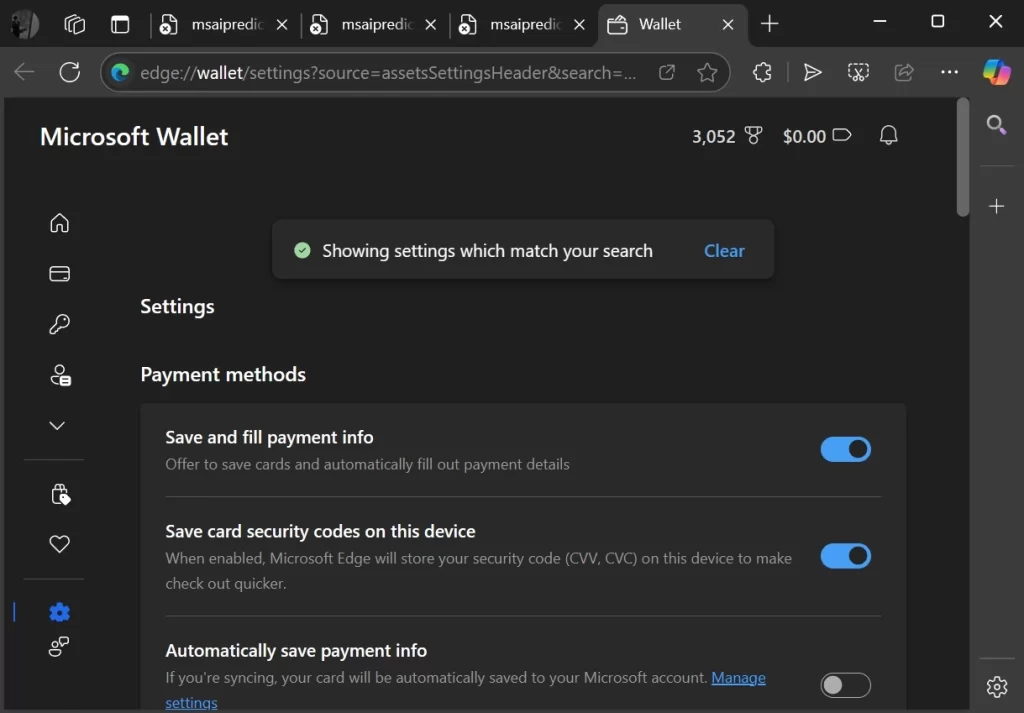Microsoft is transitioning the PDF reader technology of its Edge browser to Adobe-based solutions, aiming to further elevate its reputation as a leading PDF reader.
Despite its strengths, Edge’s PDF reader has faced performance issues on low-end PCs, including slow load times and white screens when handling large documents on devices with limited memory, such as virtual devices with 4GB of RAM.
To address these issues, Microsoft is testing new feature flags:
- msPdfOpenOnLowCoreDeviceWithDcPdfEnabled: Likely linked to Adobe Acrobat DC’s Document Cloud integration, this flag suggests performance upgrades to reduce memory usage, making it easier to view large PDF files on older or low-spec devices.
- msPdfSharedLibraryTrigger: Indicates possible dynamic loading or unloading of shared libraries to optimise performance further or introduce new Adobe-powered features.
Microsoft is also expected to integrate artificial intelligence (AI) and machine learning (ML) into Edge. Past discoveries, such as flags like msEdgeAutofillShowMlSupressLevo, suggest that AI/ML may enhance autofill functionality, offering more accurate credit card or address suggestions.

Future updates may also deepen Edge’s integration with Windows 11, potentially allowing users to manage downloads directly from the taskbar or automatically close the browser when running in the background.
These developments underscore Microsoft’s commitment to refining Edge as a comprehensive browser and PDF tool.


